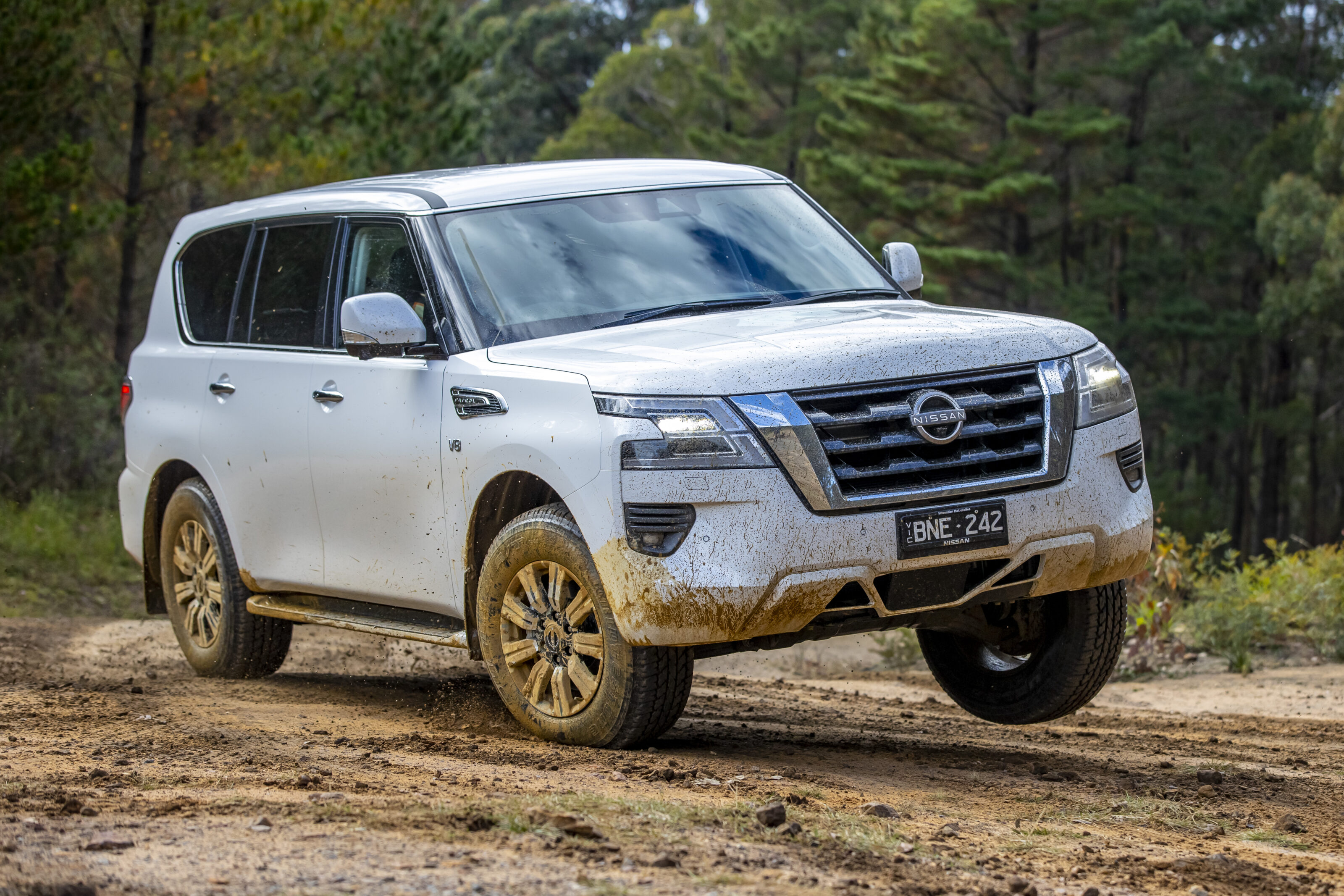Electrified versions of the Nissan Patrol and Navara are looking likely as the brand’s E-Power hybrid technology grows.
While Nissan vice president and Renault-Nissan-Mitsubishi Alliance global director for powertrain and EV technology development, Shunichi Inamijima, declined to speak about future product, he told global media its E-Power hybrid technology could be used in larger vehicles.
“[E-Power] technology itself is applicable for larger SUVs and commercial applications, and technical development is going on,” he said.
“[It is] applicable for big SUVs like Patrol or something, but also, for commercial application, like [vans or trucks], it really depends on the customer needs or market request.
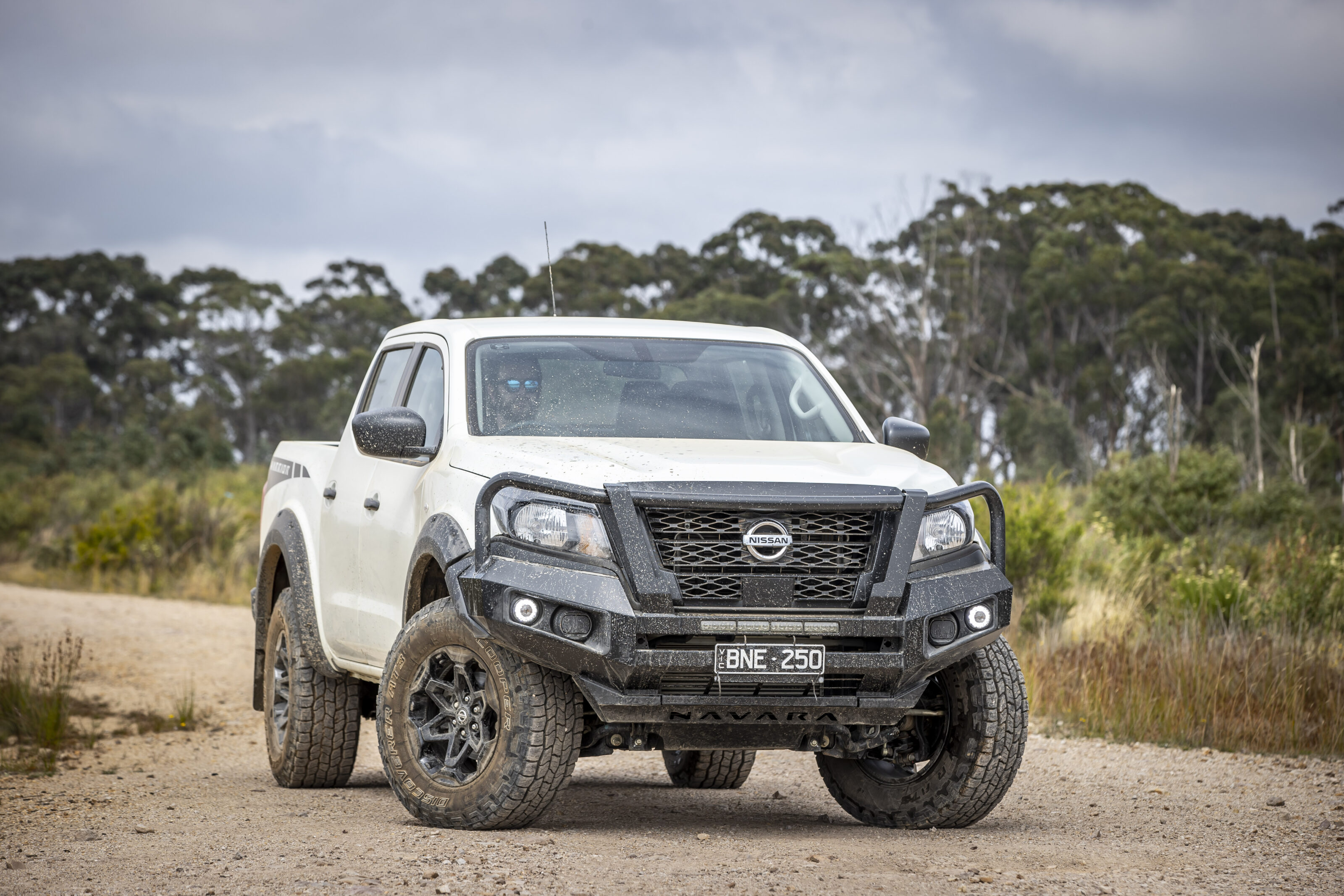
“We’re looking at the regional request, for instance, infrastructure or fuel pricing, etc. We will consider technical application to the product for either E-Power or [fully-electric].”
It follows previous comments by Nissan executives in 2022 confirming its E-Power hybrid system could be scaled up for the likes of the Patrol and Navara.
“For Qashqai and X-Trail… [E-Power] has been developed for the CMF-C platform … in Japan, [E-Power is used] on a different platform [the Note hatch] and in different components,” said Adam Robertson, a lead engineer for the E-Power program, last year.
“Ultimately the technology is scalable. E-Power as a concept is scalable.”
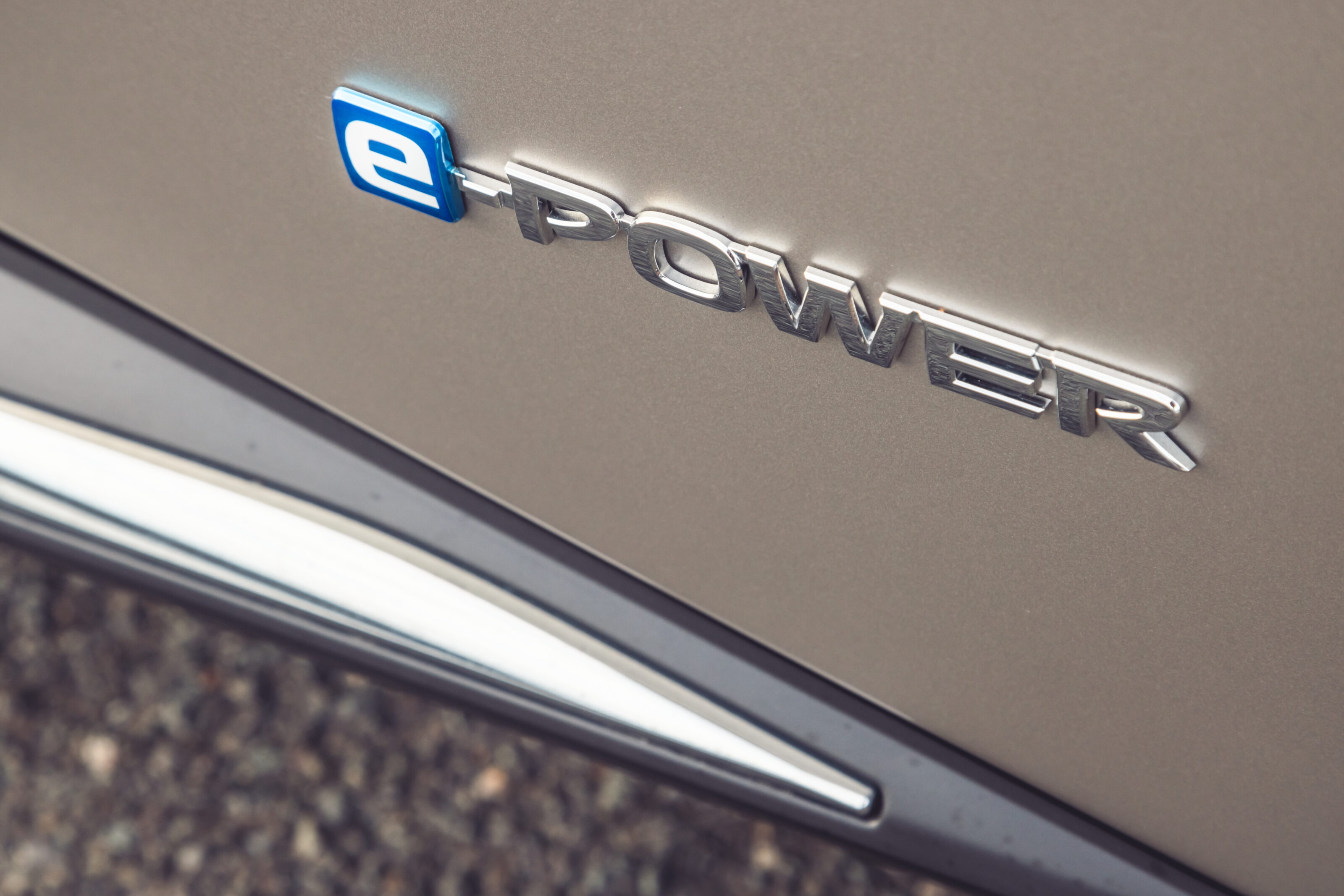
In the recently-launched X-Trail E-Power, it is matched to an electronic E-4force all-wheel-drive system, with instant power from the electric motors, potentially allowing for the off-roading prowess typically associated with a Navara or Patrol.
Nissan claims it can move torque around at 1/10,000th of a second, making it 10,000 times faster than a mechanical differential in conventional four-wheel-drive vehicles.
A new Nissan Navara ute developed alongside the forthcoming Mitsubishi Triton is expected in 2025, while rumours have pointed to a redesigned Patrol gaining a twin-turbo petrol V6, replacing the current 5.7-litre naturally-aspirated petrol V8.
Hybrid versions of the Toyota LandCruiser 300 Series and its Lexus LX twin are expected in the coming years, with Toyota Australia promising its entire lineup – excluding GR performance vehicles – will be electrified by 2030.
The next-generation Mitsubishi Triton is also tipped to adopt a plug-in hybrid system, but this is unlikely for an electrified Nissan Navara – in line with the connection between the Outlander PHEV and X-Trail E-Power.

Nissan has confirmed E-Power would eventually replace diesel engines, at least in Europe, with strict Euro 7 emissions standards due to be enforced from July 1, 2025.
“At the moment we are going out of the diesel offer, generally speaking,” said Ilya Deminov, a regional product planner at Nissan Europe.
“We do not plan to come back, so we are constantly now removing our diesel offerings from the portfolio.”
However, the next-generation Nissan Navara and Patrol could retain internal-combustion-only powertrains in other markets, including Australia – potentially at price parity with a hybrid version.
That’s because Nissan confirmed this week it aims for price parity between internal-combustion variants and its E-Power system “by around 2026.”
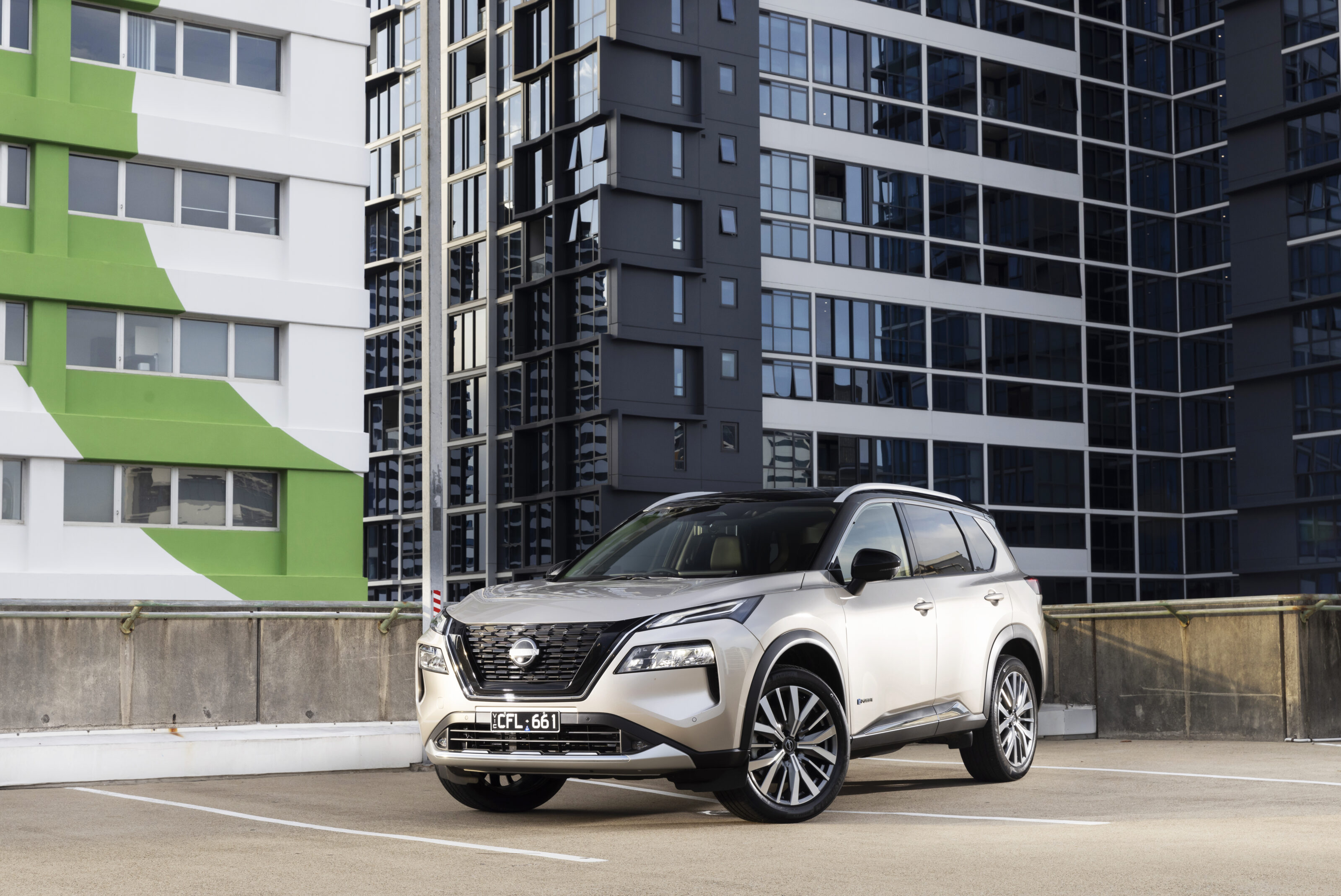
Currently, a Nissan X-Trail E-Power costs $4200 more than an equivalent petrol AWD variant, while its Toyota RAV4 Hybrid rival costs around $2100 extra.
This will be achieved through a revised ‘X-in-1’ approach, which modularises the electric motor used in its electric and hybrid vehicles to reduce costs by approximately 30 per cent compared to 2019 pricing.
Nissan’s newly-designed electric motors include a ‘3-in-1’ design for electric vehicles that modularises the motor, inverter and reducer into one package.
A ‘5-in-1’ electric motor for hybrid vehicles combines the generator and increaser to reduce size and weight, allowing for performance improvements, and reduced noise and vibration levels.
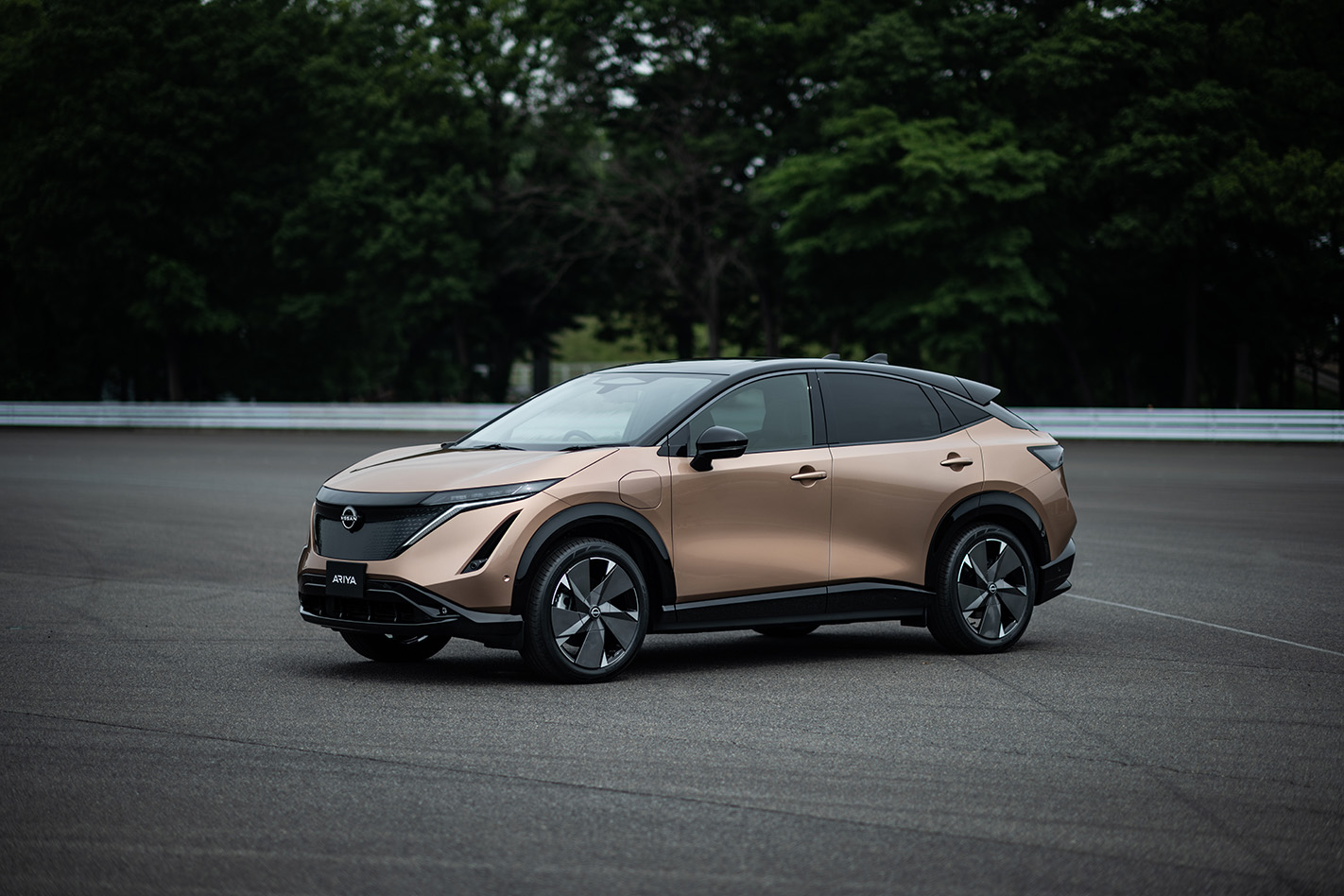
Last week, Nissan announced it would accelerate its electric vehicle plans in response to increased customer demand, with four more EVs due by 2030.
With more than half of its sales expected to be electrified vehicles by the end of the decade, Nissan claims it will retail 27 – split between 19 all-electric models and eight hybrids – up from the previous goal of 23, including 15 battery-powered EVs.
The boost in its forecasts is largely focused on Europe, with 98 per cent of its sales to be electrified vehicles by 2026 – up from a previous 75 per cent target.
We recommend
-
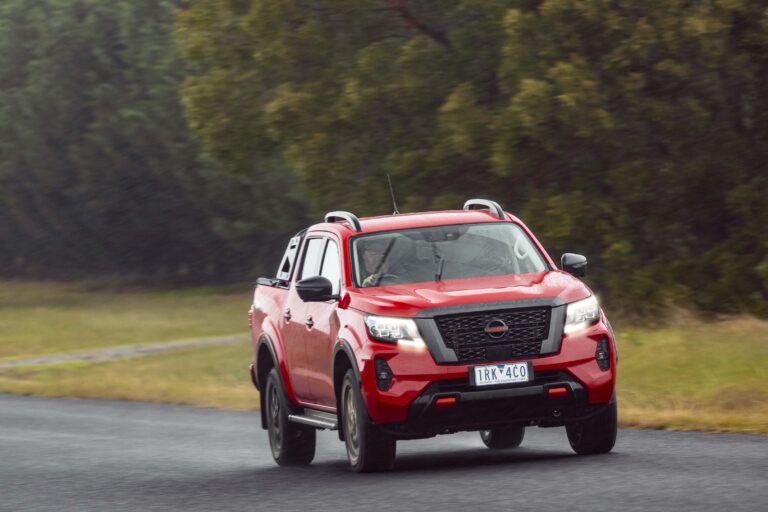 News
NewsNissan E-Power hybrid tech could feature in Navara and Patrol; exec claims “we do not plan to come back” to diesel
Nissan executives have flagged the possibility of heavy-duty hybrid models, as it works toward removing diesel engines from its portfolio
-
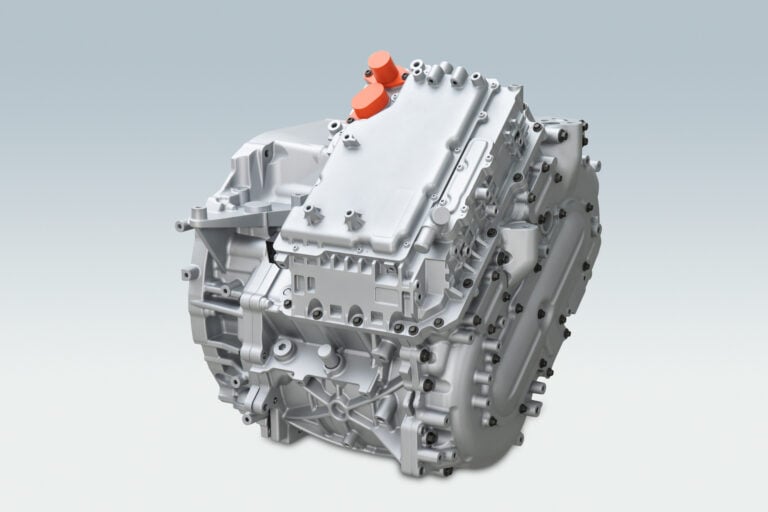 News
NewsNissan to reduce costs by unifying electric and hybrid components
Nissan’s electrified vehicles will soon utilise modular components in order to reduce costs
-
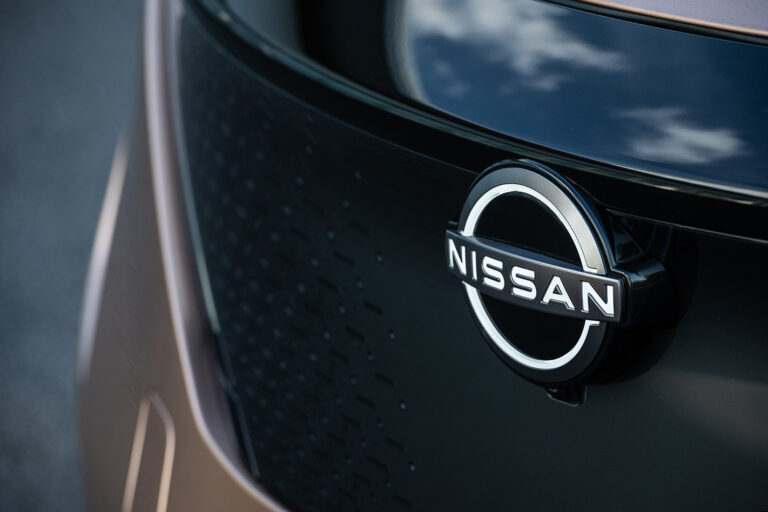 News
NewsNissan revises electrification strategy; four more EVs due by 2030
Nissan has accelerated its electric vehicle plans in response to increased customer demand, with four more EVs due by 2030


